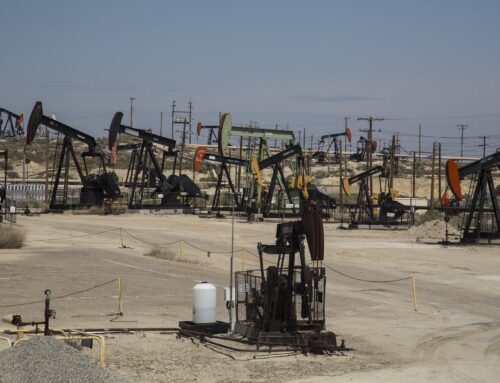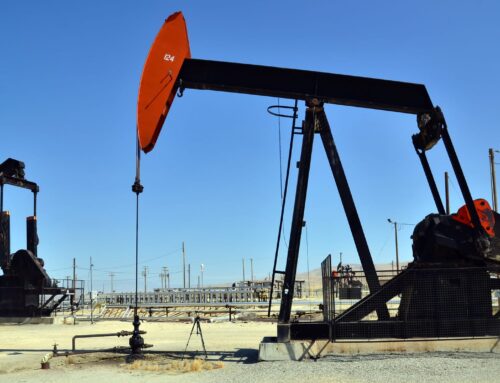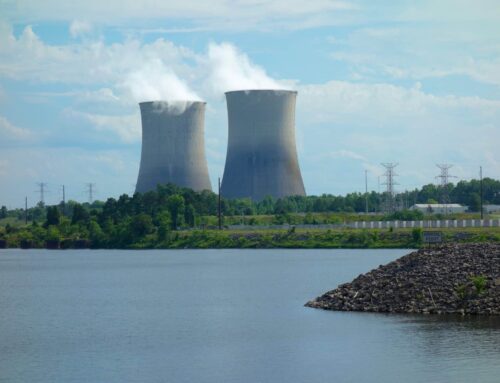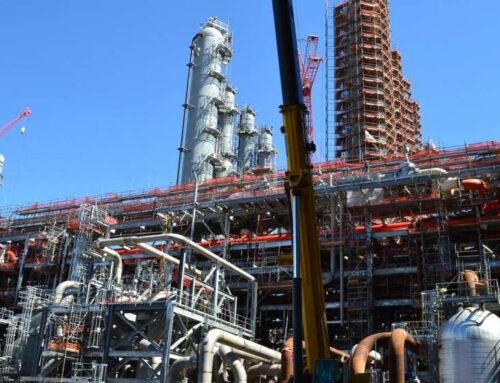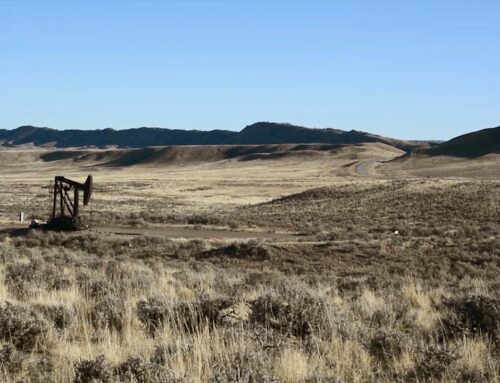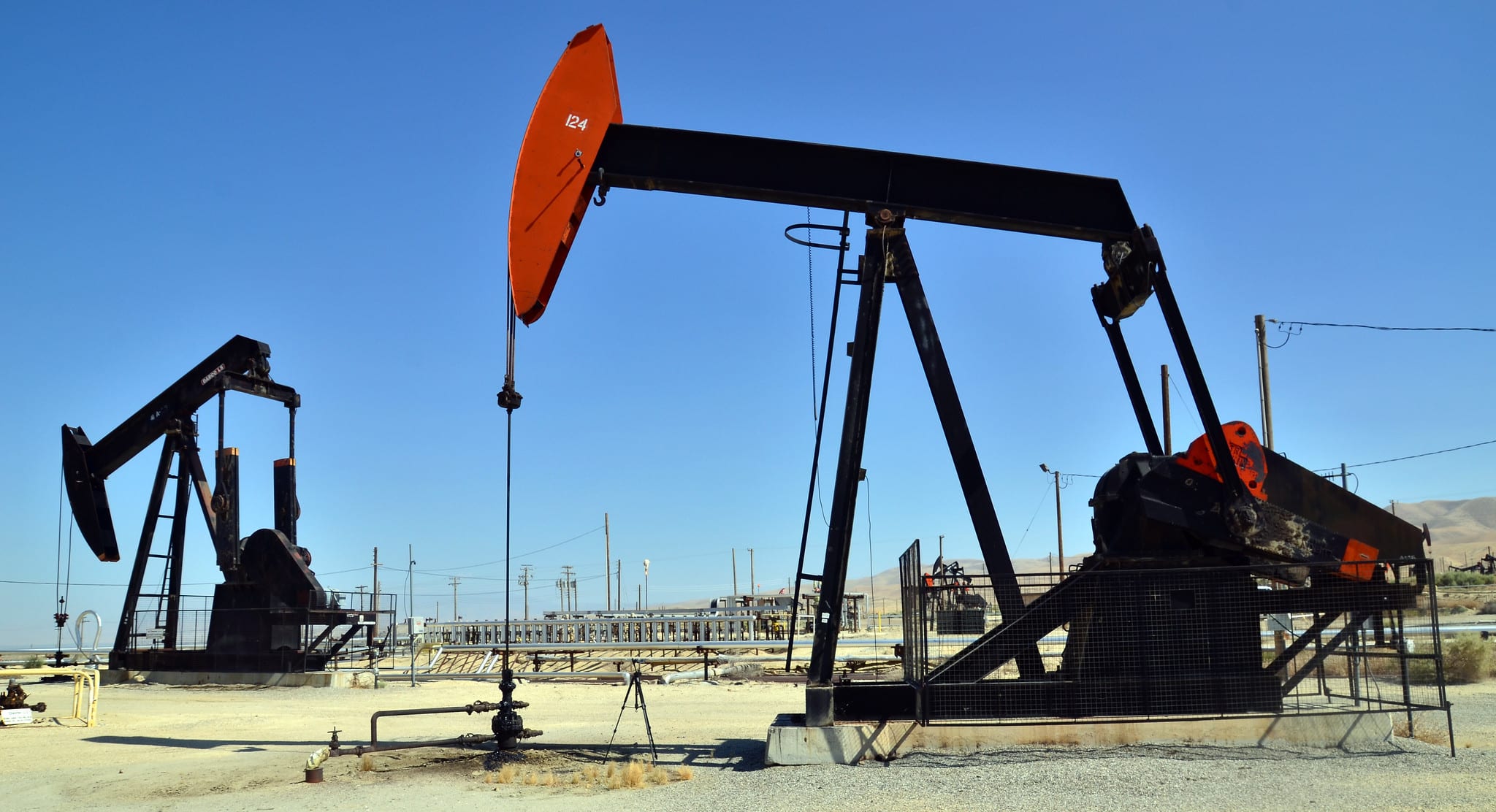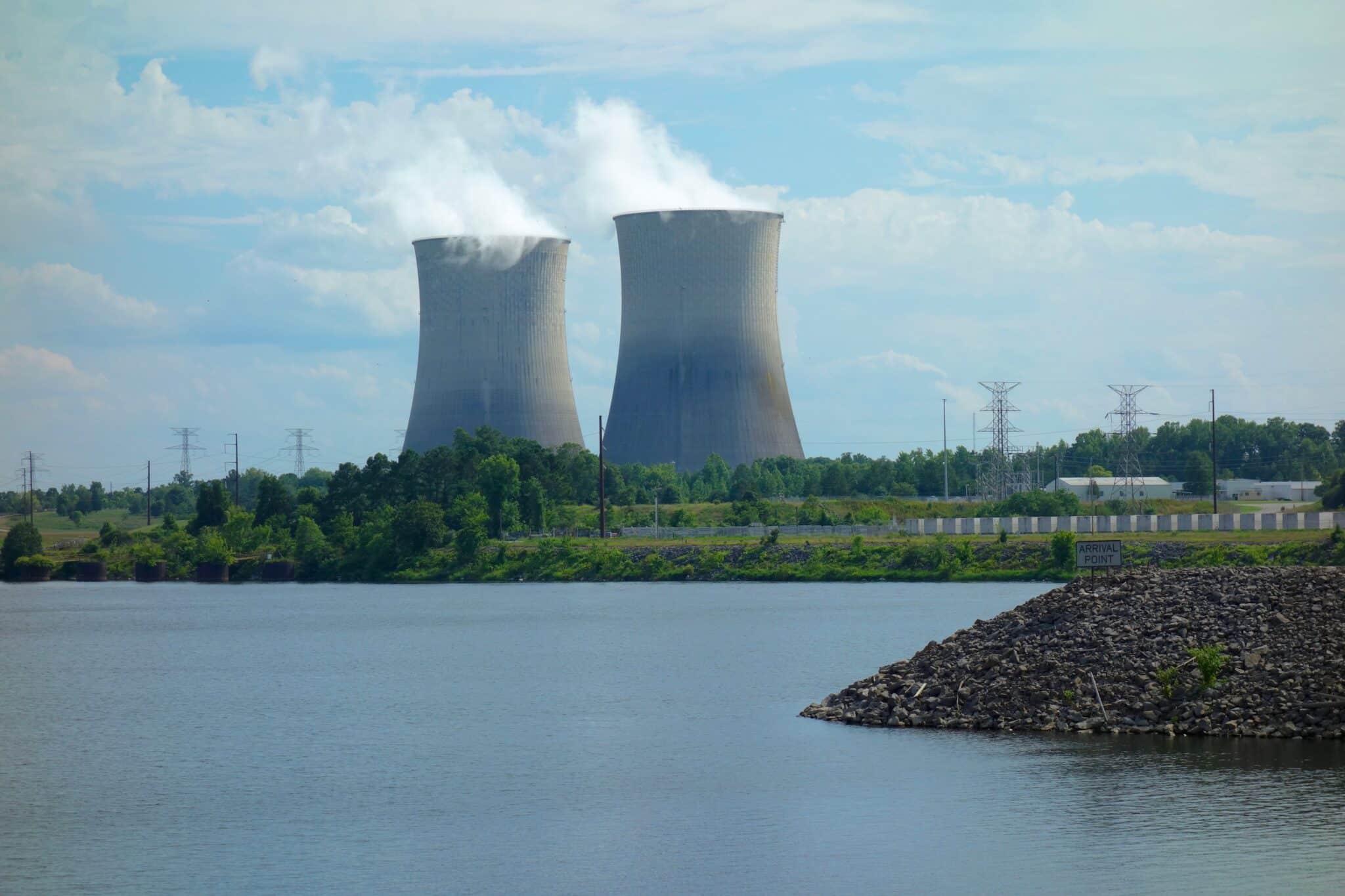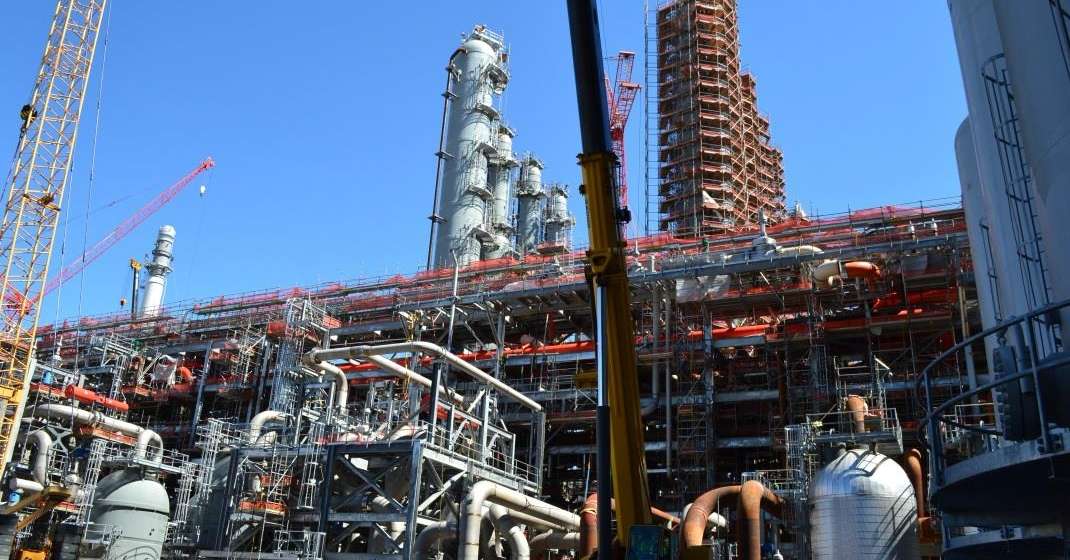On May 22, the Bureau of Land Management (BLM), under the Department of the Interior (DOI), held an auction for oil and gas leases on federal land in New Mexico. The sale offered three parcels totaling 1,261 acres—all of which were successfully leased. This marked the sixth federal onshore oil and gas lease sale of 2025, following earlier auctions in New Mexico, Montana and North Dakota, Wyoming, Nevada, and Montana and North Dakota.
The United States holds vast onshore mineral resources owned by American taxpayers. The BLM manages the development of these publicly held assets by auctioning leases to private companies. The federal oil and gas leasing program generates revenue through three primary mechanisms:
- Bonus Bids: upfront payments offered at competitive auctions to secure drilling rights
- Rent: annual payments by leaseholders until production begins
- Royalties: a percentage of the value of extracted oil and gas
| State | Acres Offered | Acres Sold | % Sold | Total Bid Revenue | Avg. Bid/Acre | Avg. Bid/Acre (2015-2024) | Total Revenue |
| NM | 1,261 | 1,261 | 100% | $562,896 | $446/acre | $4,906/acre | $ 575,982 |
All 1,261 acres offered in the May 22 sale were leased at an average bid of $446 per acre. New Mexico, one of the largest producers of oil and gas on federal land, frequently hosts highly competitive auctions that generate significant revenue for both federal and state taxpayers. From 2015 to 2024, federal lease sales in the state averaged $4,906 per acre. While the most recent sale came in below that average, the bid level is consistent with the national average of $450 per acre during this period.
Today's lease sale reflects critical reforms enacted in 2022 that promote responsible oil and gas development, require companies to pay competitive market rates, and reduce financial risks for taxpayers. These changes include:
- A federal onshore royalty rate of 16.67%, up from 12.5% and still below rates charged by states like Texas.
- Updated Rental rates: $3 per acre for the first two years, $5 per acre for years 3-8, and no less than $15 per acre for years 9-10—up from outdated 1987 rates of $1.50 per acre for years 1-5 and $2 per acre for years 6-9.
- A minimum legal bid of $10 per acre, increased from the 1987 rate of $2 per acre.
- Updated bonding requirements, which had not been revised since the 1950s and 1960s, to better reflect market conditions and protect taxpayers from costly reclamation liabilities.
- Elimination of noncompetitive leasing, which allowed companies to acquire oil and gas leases outside of competitive auctions—costing taxpayers valuable bid revenue.
- More targeted leasing, directing sales to appropriate locations to increase competition and ensure oil and gas production delivers public value rather than simply boosting corporate profits.
A recent TCS analysis shows a strong fiscal case for preserving critical updates to the federal onshore oil and gas leasing program. In 2024, lease sales across all states averaged $2,149 per acre and generated more than $164 million in auction revenue. This high average bid underscores how recent reforms have strengthened the leasing process and delivered higher returns for both federal and state taxpayers, as half of federal leasing revenue is shared with the state where the lease is located.
In New Mexico, the impact of these reforms has been particularly significant. Average bids per acre in 2023 and 2024—roughly $21,500 and $27,200, respectively—were the highest in over a decade and more than five times the state's average from 2010 to 2020.
Unfortunately for taxpayers, some policymakers have proposed rolling back key reforms—specifically, reducing the royalty rate from 16.67% and reinstating noncompetitive leasing. These important reforms have led to record revenues and increased competition over the past two years. If enacted, they could cost taxpayers billions in foregone revenue, undervalue public resources, and reintroduce financial liabilities that had been mitigated by the 2022 reforms.
Before Congress enacted reforms in 2022, taxpayers lost billions in potential revenue due to below-market royalty rates, particularly in states with significant oil and gas production like New Mexico. Had the current royalty rate of 16.7%—rather than the outdated rate of 12.5%— been applied to oil and gas production on federal lands in New Mexico from FY2013 to FY2022, taxpayers would have received an additional $5.4 billion in revenue.
Noncompetitive leasing also cost taxpayers in potential bid revenue by circumventing competitive auctions, and potential royalty revenue, as noncompetitive leases are less likely to enter production (and thus generate royalties). Non-producing leases also prevent other, potentially more valuable uses of federal lands, such as hunting, recreation, conservation, or the development of other energy and mineral resources.
New Mexico plays a vital role in domestic energy production, but securing long-term benefits hinges on fiscally responsible management. Federal lands and their resources belong to American taxpayers. Maintaining smart leasing practices in New Mexico and across the country is essential to ensuring fiscal accountability and protecting taxpayer dollars by properly valuing America's natural resources.
- Photo by Raychel Sanner on Unsplash

